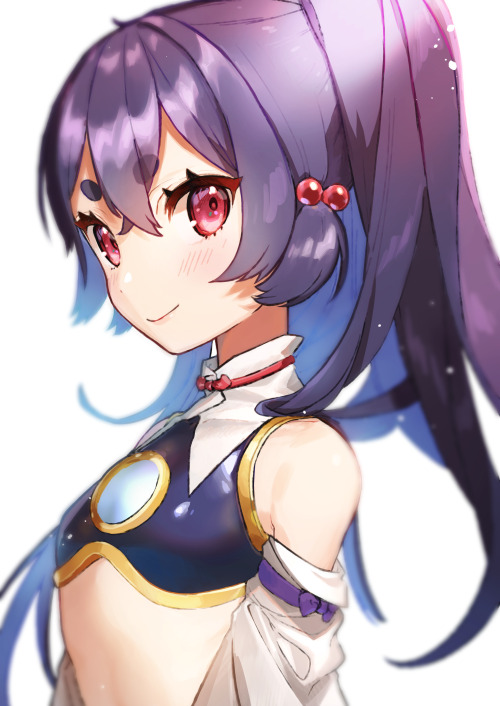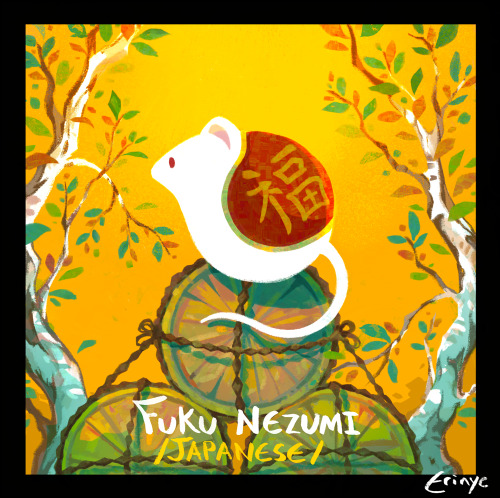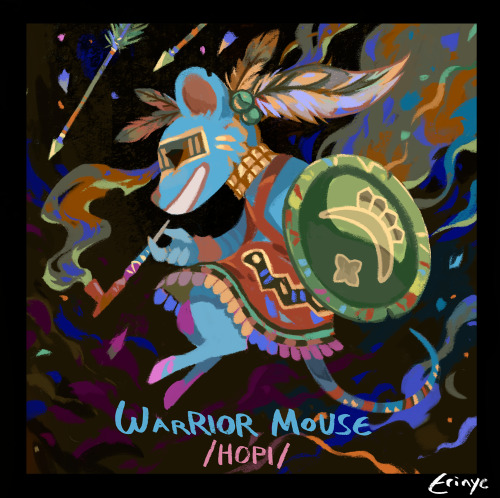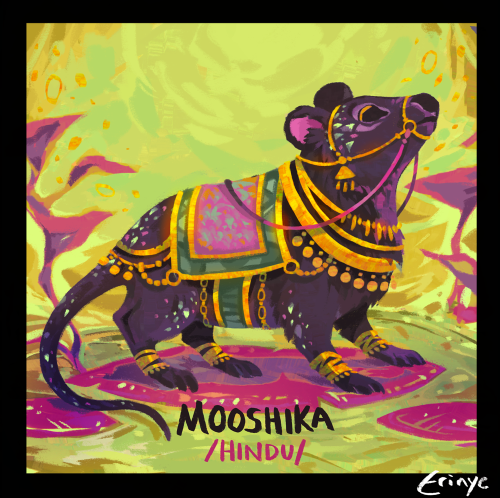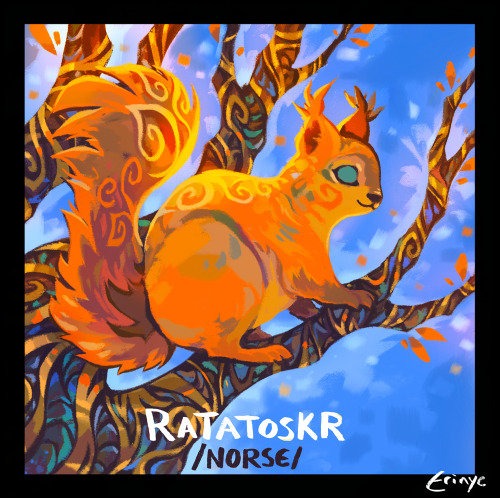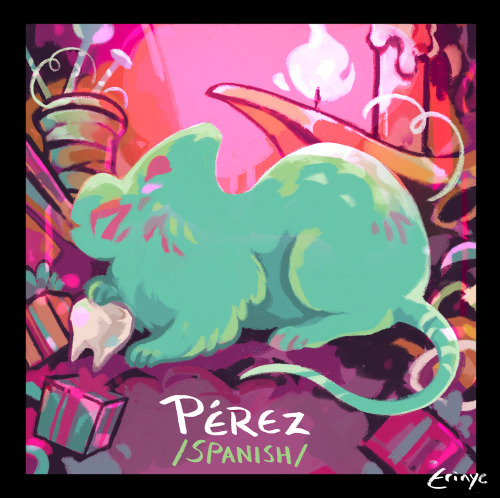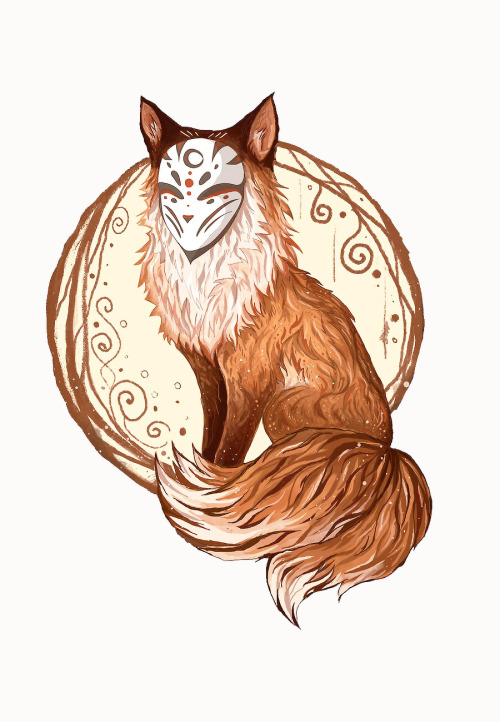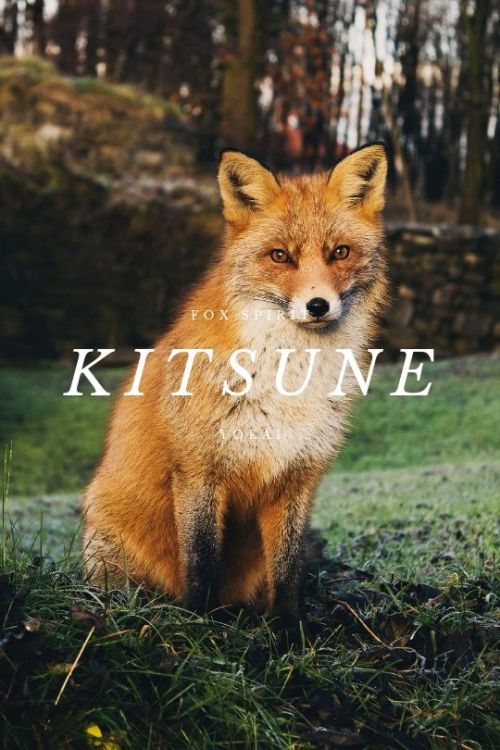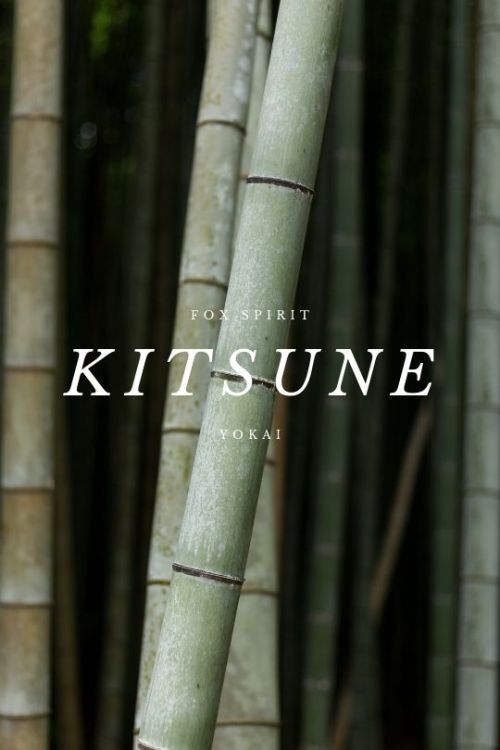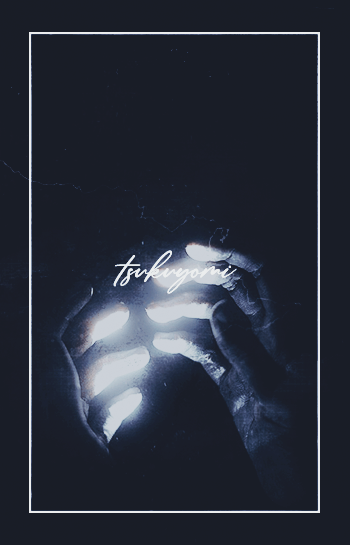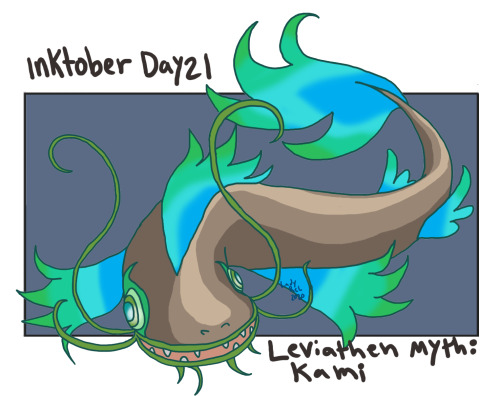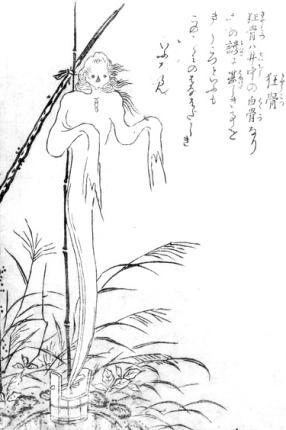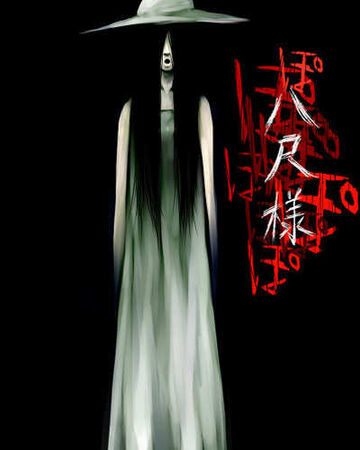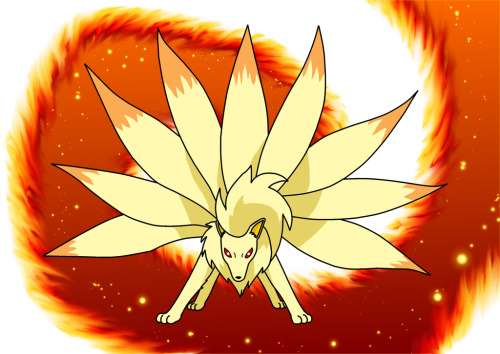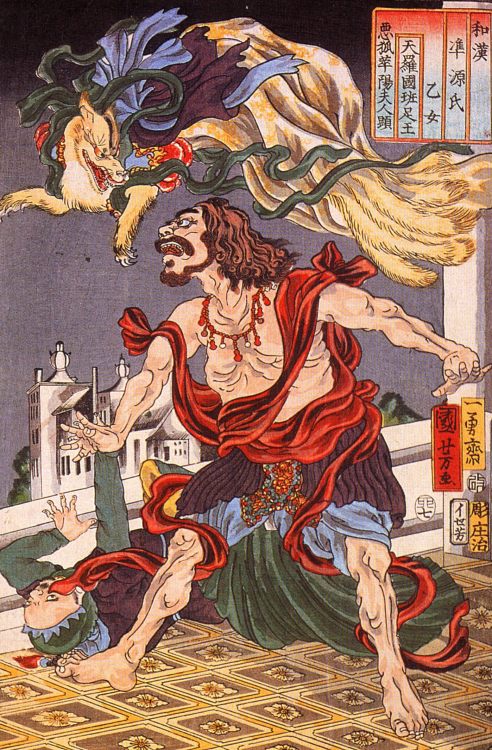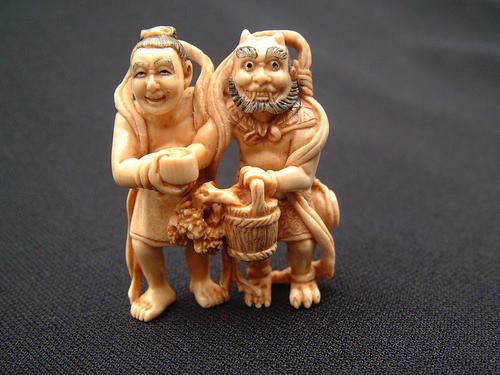#japanese mythology
Ofuda (talisman) of Fushimi Inari Taisha Shrine in Kyoto, Japan, showing foxes, snakes, and wish-granting jewels, and dedicated to the rice kami Uganomitama no Kami.
Post link
AYYYYYY If yall are interested in learning more bout them, here’s my condensed research sheet!
- Zodiac Rat /Chinese Mythology/
- Čhápa /Lakota Mythology/
- Fuku Nezumi /Japanese Folklore/
- Colo-Colo /Mapuche Mythology/
- Warrior Mouse /Hopi Mythology/
- Mooshika Vahana /Hindu Mythology/
- Ratatoskr /Norse Mythology/
- Pérez/Spanish Folklore/
- Tol-le-loo /Miwok Mythology/
Post link
long overdue continuation to the mytho doggo series, gon do some mytho mice! starting with the lucky white mouse, attendant to Daikoku, one of the seven gods of good fortune in Japanese mythology
Post link
Japanese Mythology:Amaterasu
Solar goddess of the sun and the universe. She is the daughterIzanagi and sister of Tsukuyomi, and Susanoo, together they painted the landscape while she created ancient Japan. She was born when Izanagi was purifying himself upon entering Yomi(the underworld), when he washed out his left eye. He then placed Amaterasu as the ruler of the High Plains of Heaven. The Emperors of Japan are believed to be direct descendants of Amaterasu.
Post link
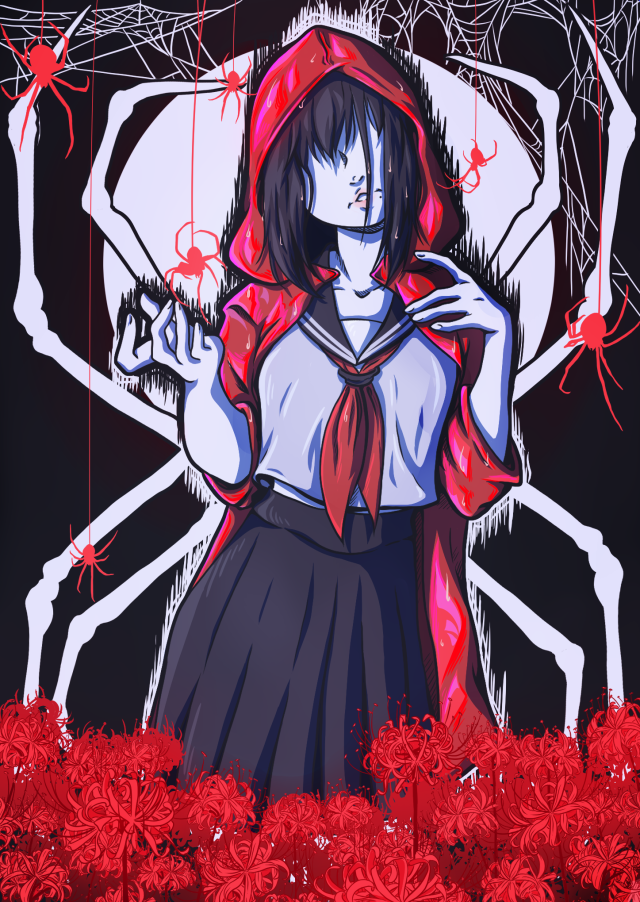
So this is my contribution for Up To No Good: Spirit Hunter zine!
This was super fun plus I got to do something lil different than usual

Drawing mythical creatures is my guilty pleasure, so have a kitsune
The Evermore Grimoire: Creatures
Kitsune(狐, キツネ) are foxes that possess supernatural powers that increase as they get older and wiser in Japanese folklore. According to yōkai folklore, all foxes have the ability to shape-shift into human form especially once they reach the age of one hundred. One of the Japanese fox’s most well-known powers is kitsune-bi(狐火)orfox-fire. This is a red flame produced by a kitsune by either breathing or wagging its tail. They can have as many as nine tails and when a kitsune gains its ninth, its fur becomes whiteorgold. There are thirteen different types of kitsune, each with their own element, including Heaven, Dark, Wind, Spirit, Fire, Earth, River, Ocean, Mountain, Forest, Thunder, Time andSound.artwork by enjoytheshirt
Post link
The Evermore Grimoire: Creatures
Kitsune(狐, キツネ) are foxes that possess supernatural powers that increase as they get older and wiser in Japanese folklore. According to yōkai folklore, all foxes have the ability to shape-shift into human form especially once they reach the age of one hundred. One of the Japanese fox’s most well-known powers is kitsune-bi(狐火)orfox-fire. This is a red flame produced by a kitsune by either breathing or wagging its tail. They can have as many as nine tails and when a kitsune gains its ninth, its fur becomes whiteorgold. There are thirteen different types of kitsune, each with their own element, including Heaven, Dark, Wind, Spirit, Fire, Earth, River, Ocean, Mountain, Forest, Thunder, Time andSound.
artwork by enjoytheshirt
Post link

A sketch of the Mikoshi Niyūdō. Tried to give this yokai a gritty kind of vibe.
@modernmythsnet | event twenty five | biological diversity | natural
↳ kitsuneThe fox moves through the darkness
With a mouth full of teeth and a reputation
Post link
Im doing a Myth Inktober and my comic, Ouramyr, as the main theme. Ouramyr is about all mythical creatures and beings in one world, which are called sages. An aristocrat named Inez sees that there importance brings balance to the world.
Having fun with colors cuz normally catfishes are brown hues
Post link
The Kyōkotsu is a skeletal Yokai found in Japan. The Kyōkotsu is described as a skeletal spirit wearing ragged clothes and having long, dark, and tangled hair. The Kyōkotsu is the spirit of someone who died in a tragic way and was not given a proper burial which caused their spirit to become vengeful and full of malice. The Kyōkotsu are said to live in wells and rise up out of them and scare people and even put curses on them when they are disturbed. The name “ Kyōkotsu” means “Crazy Bones”
Post link
The Oboroguruma is a Yokai found in Kyoto Japan. The Oboroguruma is described as an oxcart with a giant face on it. The Oboroguruma was created when in the older days of Kyoto, noble people would get into carriage fights to good spots for festivals in the capital and they lost the fight, their anger and resentment could manifest itself as an Oboroguruma. Oboroguruma means “Hazy Cart.”
Post link
Hachishakusama is a tall, female Yokai found in Japan. Hachishakusama’s name translates to “Eight-Feet Tall” and as her name suggests she is described as a very tall female Yokai with long, black hair and she is seen wearing a white sun dress and a white wide-brimmed sun hat. Hachishakusama targets children because children still depend on their older family members who can mimic to trick them. Hachishakusama is said to stalk a child for a few weeks to a few months before taking them and killing them. Hachishakusama is also said to say the word “Po” repeatedly in the deep voice of a man.
Post link
Kitsune - Japanese Mythology
Kitsune are believed to possess superior intelligence, long life, and magical powers. They are a type of yōkai, or spiritual entity, and the wordkitsune is often translated as fox spirit. However, this does not mean that kitsune are ghosts, nor that they are fundamentally different from regular foxes. Because the word spirit is used to reflect a state of knowledge or enlightenment, all long-lived foxes gain supernatural abilities.
It appears a lot more than I thought it did.
Post link
The Japanese Buddhist god of the underworld (from the Sanskrit Yama). He lives in the Yellow Springs under the earth in a huge castle all covered in silver and gold, rosy pearls and other jewels. He is the judge of the dead and notes the sins of those who are sentenced to purgatory, and decides the degree of their punishments according to Buddha’s Law. Anyone who has killed an innocent will be thrown into a boiling cauldron full of molten metal. However, if they have made a pilgrimage to each of the 33 shrines of the goddess of mercy Kannon, then all the evil they have done will disappear. Sometimes he is portrayed less pitiless and returns life to those who appear before him.
On the last day of the Festival of the Dead, the sea is full of shoryobuni (‘soul ships’), for on that day the high tide brings a flood of returning ghost who go back to their spirit world. The sea is luminescent with the light these souls emit, and their whispering can be heard. While the ghosts are embarking, no human ship should come near. Should one stray into the soul-covered sea, the ghosts will ask for pails. The sailors should only offer them pails without bottoms, for if they do not, the ghosts will sink their ship. Currently, Emma-o is used as a bogeyman to scare little children.
- Micha F. Lindemans

Tanuki
Amanozako (天逆毎)
Alternatively: アマノザコ
Korean: 아마노자코 (Amanojako)
Traditional Chinese: 天逆每 (Tiān nì měi)
“Heaven Opposing Everything”

Amanozako like a Kijo (Female Oni, Ogress) or even amanojaku ⤴️
A rebellious yokai goddess that originated when her father the kami Susanoo let his own ferocious spirit and rage build up inside him (his aramitama) until he vomited her out. She is said to have a beastly face, a crooked long nose, pointed ears, sharp fangs and tusks so strong they can break even the strongest blades.
Amanozako is known to go against conformity and does the opposite of what is expected in society and social norms. She is said to be picky, and will go into an atrocious rage if she does not get what she wants, or if things do not go according to her way. When in this state, she can hurl even the most powerful gods distances of over one thousand villages in a single throw. Her wrath can’t be easily stopped.
Stories of Amanozako were being told long before history began being recorded. It is said that she is the ancestor deity of all yokai who share her personality and disobedience. Some of these yokai include most notably the tengu, as well as amanojaku.
While she’s said to be ancestor of many yokai her only child that has been named, thus far is Amanosaku. Which, due to her obstinate behavior, she brought into being all on her own. He is Amanozako’s spawn, and is said to be just as terrible and disobedient as she is. Apparently, Amanosaku drove all 8 million gods in heaven mad, and because of this, Amanosaku was made the ruler of every malevolent or troublesome kami.
In terms of her godly abilities, other than what has been mentioned, the legends and stories say that Amanozako is a trickster, of sorts. She likes to possess the hearts of humans and manipulate their emotions and personalities. She’s been also said to be able to fly for thousands of miles. It’s also assumed she posseses all the powers of a demon goddess of her stature, and powers like her descendants including transformation(変化, へんげ, “Henge”).
Amanozako holds titles like Hime (princess), tengu kami, metengu and possibly even of Queen due to what she is among yokai. As Susanoo’s daughter she has many relatives including her aunt the sun goddess Amaterasu, her uncle the moon god Tsukuyomi, her brother Yashimajinumi (八島士奴美神 – Mighty Master Ruling Eightfold Isles) who was the original ancestor of many earthly kami and later humans as well like his aunt Amaterasu. Another notable relative mention is Izanami, her grandmother who later on went to rule Yomi and like her granddaughter, she was also one of the progenitors of Yōkai, birthing demon gods like Raijin and Fujin, thus making them also uncles to Amanozako.
While normally looking similar to a tengu, she’s also been depicted like an ogress in various media.
Amanozako as seen in Touhou media ⤵️


Amanozako as seen in Shin Megami tensei

Original depiction of Amanozako

Amanozako as a regular tengu, like a karasu tengu and a guhin Tengu (dog tengu).




It’s been fun studying yokai for my story.
Takiyasha the Witch and the Skeleton Spectreis a ukiyo-e woodblock triptych by Japanese artist Utagawa Kuniyoshi (1798–1861). Kuniyoshi was known for his depictions of historical and mythical scenes, and combined both in portraying the tenth-century princess Takiyasha summoning a skeleton spectre to frighten Ōya no Mitsukuni.
Music: Diddy Kong Racing (1997)
Breaking News
Someone actually made a “voodoo doll” to curse Putin and nailed it on to a sacred tree within a redacted shrine in Matsudo City, Chiba Prefecture…
Like, holy shit.
Who’re Benjogami?

It has been a hot minute since I posted Japanese folklore contents here, so, let’s gradually restart the trend!
Benjogami [便所神] also referred to as Sasugami [サス神] in Okayama Prefecture¹, Kanjogami [閑所神] in Miyagi Prefecture², or Kawayagami [厠神] in general³ are deities (usually a pair of male and female) of toilet mostly enshrined inside a restroom (like the ones above inside the restroom of Sendai City Museum of History and Folklore [仙台市歴史民俗資料館] in Miyagino Ward [宮城野区], Sendai City [仙台市], Miyagi Prefecture) and aside from being venerated due to their connection with securing hygiene via proper swage system³, their folkloric depictions are what inspired the creation of haunting entities in school restrooms from Japanese horror stories such as “Red Paper/Blue Paper” [赤い紙/青い紙] (plus other color variations).
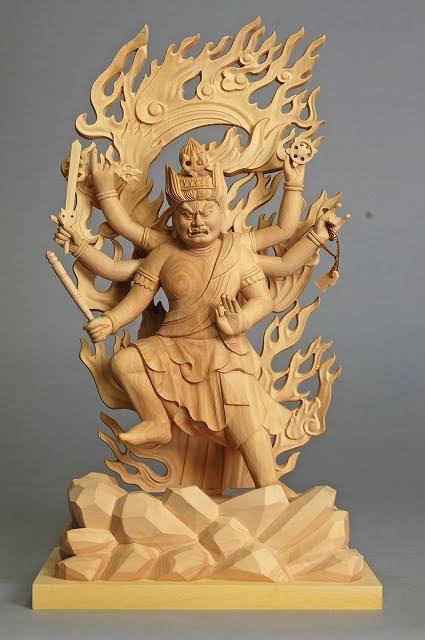
Before we dive into contemporary stories, however, there are few notable features of Benjogami other than solely guarding restrooms. In places such as Ōta Ward [大田区] (Tōkyō), Benjogami are also related with child delivery believing that a family who keeps the restroom clean would be blessed with a good child as a result of appeasing Benjogami who would help the housewife during labor⁴. Another feature of Benjogami worth mentioning is how they’re conflated with Fudōmyō'ō [不動明王]/Acalanātha in many locations within Okayama Prefecture (e.g.: Maniwa City [真庭市])¹. Reasons to why this syncretism occured in Okayama Prefecture alone despite of Fudōmyō'ō not having anything to do with restrooms anywhere else are unclear. However, an educated guess can be made that another Buddhist deity called Ususama-myō'ō [烏枢沙摩明王]/Ucchuṣma (above) could’ve probably been replaced by Fudōmyō'ō due to the latter’s popularity in Japan and how they’re both Myō'ō [明王]/Vidyārāja with the key descriptive difference being that Ususama-myō'ō is traditionally considered as a deity who guard’s (via “purification”) restrooms in temples/monasteries⁵ just as Benjogami would. And now, for the spooky part!

Benjogami are generally feared. Like the belief² from Miyagi Prefecture tells, people would fall on their back and swoon from merely coming across these deities. Henceforth, such characteristics could’ve evolved over time and subsequently giving birth to “Gakkō-no-kaidan” [学校の怪談] (or “Haunting Tales From School”) style of entities like “Red Paper/Blue Paper” mentioned earlier because the most commonly endorsed color combination of red and blue in the said story is seen on traditional Benjogami idols (below) from Kanazawa City [金沢市] (Ishikawa Prefecture)⁶ as well; hinting to the possibility that the story in question could’ve theoretically be founded on Benjogami folklore. Folktales/beliefs of Benjogami as motif/reference in restroom related Japanese horror stories could also be observed during Edo Period such as with the story titled “Kurote-giri” [黒手切り] from modern day Ishikawa Prefecture. This story via “Shifugoroku” [四不語録] (Edo Period) by Yamai Asaka [浅香 山井] (n/a) told of a happening where the wife of a villager named Jingobē [甚五兵衛] reported her husband about how a disembodied hand caressed her butt cheek when she was using the restroom. I won’t go too much in depth here due to the rest of this story being off topic for now, but the point of me referencing it is because Benjogami are also reported to do something similar to unsuspecting people. Like in a legend⁷ from Koshigaya City [越谷市] (Saitama Prefecture), where Benjogami are said to scratch the butt cheek of people who tries to use the toilet at 6 PM.

It has been a while so I apologize for this subpar content, but there you have it!
Source:
1. “Okayamakenshi: Chapter 6 Minkan-shinkō-to-shūgendō…” [岡山県史: 第六章 民間信仰と修験道 第一節 屋敷神と屋内神: (二 屋内神)] (1983) by the Editorial Board of Okayama Prefecture’s History [岡山県史編纂委員会]
2. “Miyagikenshi Minzoku 3:…” [宮城縣史 民俗3: 妖怪変化・幽霊: 妖怪変化] (1956) by the Society of Miyagi Prefecture’s History (NPO) [財団法人宮城県史刊行会]
4. “Seikō-minzoku: Osan-ni-tachiau-kami…” [西郊民俗: お産に立ちあう神 東京都大田区の事例] (1982) by Keiko Nakashima [中島 恵子] (n/a)
5. “Mikkyō-no-seinaru-jumon” [密教の聖なる呪文] (2019) by Akira Masaki [正木 晃] (1953-present)
6.Via Doll Museum [人形ミュージアム] (official website)
7. “Tabi-to-densetsu:…” [旅と伝説: 埼玉県越ヶ谷地方の俗信] (1933) by Kentarō Fukushima [福島 憲太郎] (n/a)
What is the meaning of “compassion” embedded within the Lotus Sūtra?
Buddhist Parables (Chapter 1.): Migawari-jizō And The Great Compassion|能遮学侶|note
Buddhist parables from a famous Japanese folktale!
Please make sure to leave a comment and/or reblog with “Namu-myōhō-rengekyō” included!
Announcement
It’s time for a little Bukkyō-kōden [仏教公伝]!
I recently became a Gakuryo [学侶] of Fujidaiseki Temple [富士大石寺] in Shin-yokohama [新横浜] which is a class of Buddhist monk who dedicate most of their time studying the Lotus Sūtra or Hokekyō [法華経] in Japanese.
I made an account on Twitter and Tumblr where I blog Buddhist parables as well as verses from Lotus Sūtra both in English and Japanese.
So, please consider following! And I just want to ask one small favor, please include the prayer “Namu-myōhō-rengekyō” [南無妙法蓮華経] in the comment or when reblogging/retweeting. That would help me greatly by allowing the Dharma to reach wider audiences so that many more people can receive great amounts of blessings and compassion via the Lotus Sūtra.
Thank you in advance !
能遮学侶 (@ShoichiYajima) | Twitter
Rain Making In Japanese Buddhism
Surprisingly, early records of rain making are mostly conducted by Buddhist monks rather than Shintō priests/priestesses. In “Tōdaiji-gusho” [東大寺具書] (Nara Period?), the very first Buddhist monk who performed rain dance was a monk from the Kingdom of Koryŏ [高麗/고려] by the name of Ekan [慧灌] (Asuka Period) who is the founder of Sanron Buddhist Sect [三論宗] in Japan¹. While his stay in Hōkō Temple [法興寺] (today’s Asuka Temple [飛鳥寺] (below) in Asuka Village [明日香村], Takaichi Dist. [高市郡], Nara Period) during the reign of Emperor Kōtoku [孝徳天皇], a series of draught struck Japan. This was when Ekan performed a rain making ritual as he recited verses from Sanron scriptures while wearing a blue dress which successfully brought rain.

Another less successful attempt was recorded from year 642 via “Nihon-shoki” when Empress Kyōgoku [皇極天皇] (594-661) instructed nobleman Soga-no-Emishi [蘇我 蝦夷] (586?-645) to conduct a rain making ritual on July 25th as he recited verses from Māhayāna Buddhist scriptures, but was instructed to desist after four days for the rain he managed to summon were mere drizzles and proper rain came only when the Empress prayed herself.
There’s also a legend² when two monks battled over who could bring down rain. In 1261, Shingon Buddhist Sect [真言律宗] monk Ninshō [忍性] (1217-1303) (below left) of Gokuraku Temple [極楽寺] (Kamakura City [鎌倉市], Kanagawa Prefecture) and another monk called Nichiren [日蓮] (below right) (1222-1282) who later founded Hokke Buddhist Sect [法華宗] fought each other to prove who’s teachings were superior. When Ninshō called upon the rain, it ended up summoning a tempest and failed, but delicate rain came down from the sky when Nichiren did the same; resulting to Nichiren taking the W.


Based upon these accounts, rain making became an integral part of Japanese Buddhist practice such as the manual for rain making together with drums and strawhats used in the ritual stored in Shindaibutsu Temple [新大仏寺] (Iga City [伊賀市], Mie Prefecture).
新大仏寺雨乞い関係文書 附 雨乞い踊り用具 文化遺産オンライン
This is especially true for Jōdoshin Buddhists [浄土真宗] with their Nenbutsu-odori [念仏踊] which is a Buddhist choreography of rain making practiced even to this day such as the famous Taki-no-miya-nenbutsu-odori [滝宮の念仏踊] performed in Ayagawa Town [綾川町] (Ayauta Dist. [綾歌郡], Kagawa Prefecture).
Sources:



